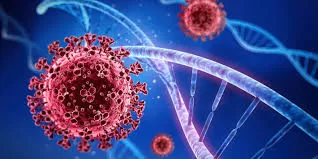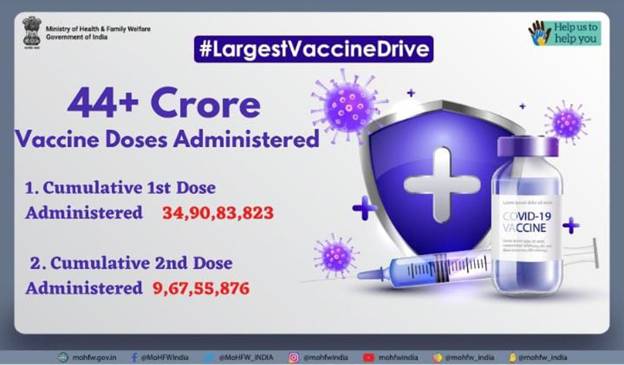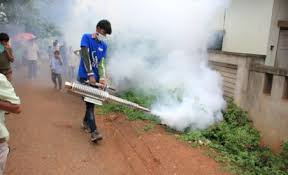
To support countries in articulating their genomic surveillance strategy, WHO recently published “Considerations for developing a national genomic surveillance strategy or action plan for pathogens with pandemic and epidemic potential”. This step-by-step guide outlines key considerations and an approach for developing a national strategy. It is intended for use by all stakeholders at the national and subnational levels relevant to the development and implementation of the strategy, including health authorities, One Health partners, donors, public health officers, academia, the private sector and laboratory specialists.
Hear from different stakeholder perspectives:

“Tools like the step-by-step guide can assist countries in elaborating national plans and inform capacity building needs. Together, this will help us collectively achieve the Global Strategy’s key measure of success – that by 2032, all 194 WHO Member States have, or have access to, timely genomic sequencing for pathogens with pandemic and epidemic potential.”
– Gina Samaan, Unit Head, Pandemic Preparedness Global Platforms, Epidemic and Pandemic Preparedness and Prevention, World Health Organization

“WHO’s step-by-step guide provides an excellent framework to policy makers and health authorities to strengthen national genomic surveillance infrastructure and capabilities. Encompassing a systematic and comprehensive approach across the value chain from advocacy, action planning, financial costing to resource mobilisation, this tool will be of immense practical value to improve the quality and timely reporting of genomic data for rapid development of vaccines and therapeutics, in line with the UK Health Security Agency’s New Variant Assessment Platform goals to support pandemic preparedness and the 100 Days Mission.”
– Leena Inamdar, Consultant in Global Health Security and Head of NVAP Programme, UK Health Security Agency

Applying the step-by-step guide in Oman, it provided good information and guidance on the key steps necessary to build a framework for a national genomics program. The value of bringing together key stakeholders with expertise in a wide range of areas, for open discussion about the principles, goals and challenges associated with implementing genomics was clear.”
– Luke W. Meredith, Sequencing Consultant, World Health Organization Regional Office for the Eastern Mediterranean

WHO’s step-by-step guide is a pivotal resource that aligns with The Global Fund’s commitment to rise above disease-specific silos toward building resilient and sustainable systems for health. By encapsulating key considerations and presenting a systematic stepwise approach, this tool empowers nations to harness genomic data effectively, enhancing their ability to monitor infectious diseases, tailor interventions, and ultimately bolster global health security.
– Toni Whistler, PhD., Laboratory and COVID-19 Diagnostics and Testing Specialist, The Global Fund to Fight AIDS, Tuberculosis and Malaria
Read more about the step-by-step guide here.











